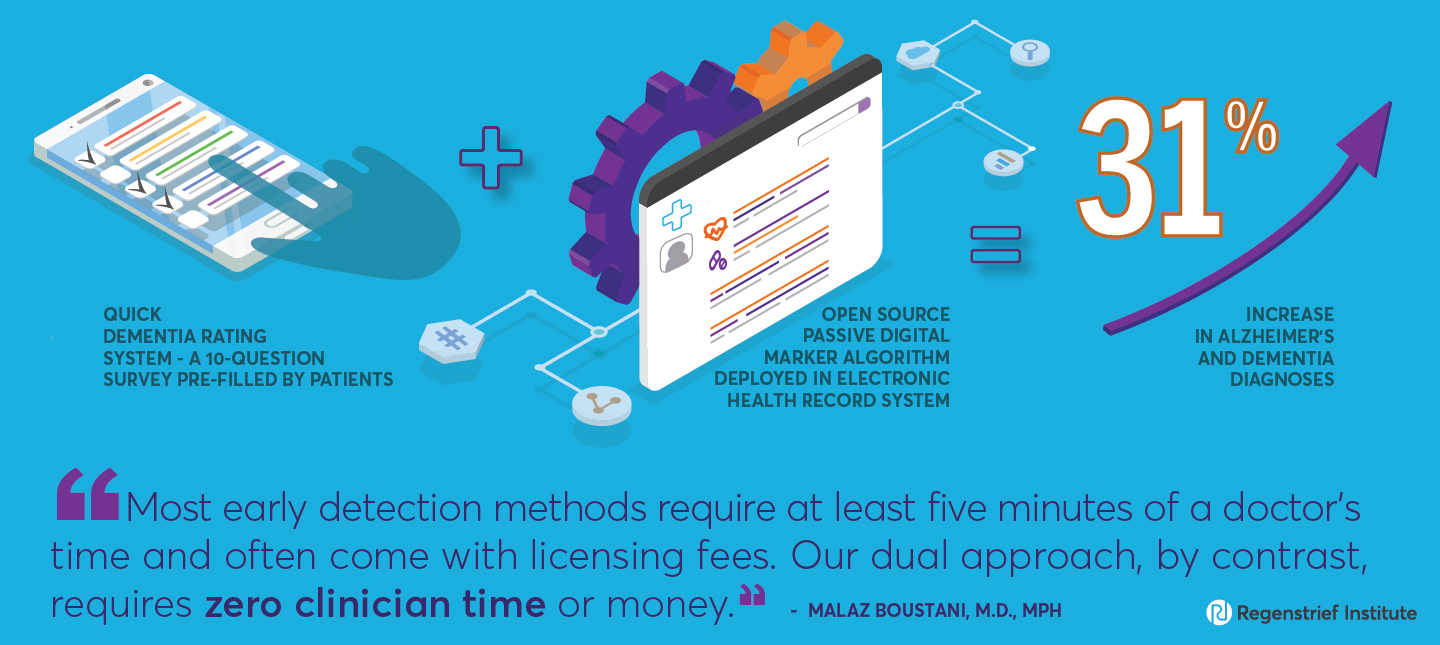IU/Indiana State Department of Health release initial findings
Preliminary results from a scientific study aimed at measuring the spread of the novel coronavirus in Indiana show a general population prevalence of about 2.8 percent of the state’s population.
“What we knew through conventional detection methods — testing symptomatic people and those at high-risk for COVID-19 — was just the tip of the iceberg,” said Nir Menachemi, lead scientist on the study and a professor and Fairbanks Endowed Chair in the Indiana University Richard M. Fairbanks School of Public Health at IUPUI. “Now we’re trying to figure out how big that iceberg actually is.”
Paul Halverson, founding dean of the Fairbanks School of Public Health, said continued testing will answer this question and assist with fighting the spread of COVID-19.
“Ideally, we would test every Hoosier,” Halverson said. “But the next best thing is random sample testing, a scientific approach that allows us to confidently assess how COVID-19 has spread in Indiana, without having to test everyone.”
As part of the first phase of the study, a collaboration of the Indiana State Department of Health and the Fairbanks School of Public Health, researchers tested more than 4,600 Hoosiers between April 25 and May 1 for viral infections and antibodies of SARS-CoV-2, the novel coronavirus that causes COVID-19. This number includes more than 3,600 people who were randomly selected and an additional 900 volunteers recruited through outreach to the African American and Hispanic communities to more accurately represent state demographics.
After analyzing these test results, IUPUI public health researchers determined that during the last week of April, 1.7 percent of participants tested positive for the novel coronavirus and an additional 1.1 percent tested positive for antibodies — bringing the estimated population prevalence of the virus in the state to 2.8 percent, or approximately 186,000 Hoosiers who were actively or previously infected as of May 1, Menachemi said.
As of the same date, the state’s testing showed about 17,000 cumulative cases — not including deaths — suggesting that only about one out of every 11 true infections were identified by tests focused on symptomatic or high-risk people.
Breaking down important findings
Having a reliable estimate of the number of people infected also enables scientists to calculate much-sought-after, but otherwise unknown, rates such as the infection-fatality rate, which represents the proportion of all those infected who have died, as opposed to the case-fatality rate, which focuses mostly on symptomatic and high-risk cases, Menachemi said.
IUPUI scientists estimate the infection-fatality rate for the novel coronavirus in Indiana to be 0.58 percent, making it nearly six times more deadly than the seasonal flu, which has an infection-fatality rate of 0.1, according to the U.S. Centers for Disease Control and Prevention.
Menachemi said the research team found that about 45 percent of people who tested positive for active viral infection reported no symptoms at all.
The scientists also identified certain communities that have been more affected by COVID-19 than others. Analysis of the random sample suggests that Hispanics, African Americans and other races including those who identify as biracial have higher positive rates for the virus.
“This was confirmed with data from the targeted outreach that allowed us to gain additional participants from these communities, further strengthening the evidence in support of this disparity,” Menachemi said.
Additionally, the study found some differences across the state’s 10 Public Health Preparedness Districts. District 9 on the southeast side of the state, which experienced an early facility-based outbreak, was observed to have the highest prevalence of the virus in the general population. The prevalence in districts 1, 5 and 10 was also slightly higher than in other districts.
The way forward
“We’re so grateful for this work. It’s an important snapshot in time of what is happening in our state, and future testing phases will bolster our knowledge,” State Health Commissioner Dr. Kris Box said. “These initial results will help guide us in our efforts to make decisions about how we move forward in Indiana and better position resources.”
Menachemi said preliminary results seem to suggest that the state’s physical-distancing policies — also known as social distancing — have played a role in curbing the spread of the virus.
Study participants who reported living with a person in their household who was positive for the virus were 12 times more likely to test positive themselves. Coupled with the study’s relatively low 2.8 percent general population prevalence, this seems to imply that Indiana has been able to contain a large number of infections to within households, he said.
“By slowing the spread of the virus, we now have bought some time to determine the best way forward,” Menachemi said. “However, it is important to stress that the vast majority of the people in Indiana have not been infected and represent the minimum pool of still-susceptible individuals. Therefore, as we slowly phase back and open the economy, we need to be extra-vigilant with any and all safety precautions so that we do not lose the ground that we gained by hunkering down.”
The next phases of testing are planned for early June, October and April 2021.
Select members of the public will again be asked to participate, by invitation only, to ensure that the sampling is representative of the population.








